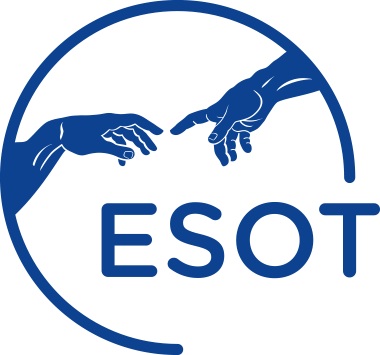- Journal of Clinical Apheresis. 1996; 11(1):36-41.
- Abstract
- Pubmed Link
There is a clear need for well-tolerated immunomodulatory agents that can aid in the prevention of acute solid organ rejection. Extracorporeal photopherosis is an apheresis-based therapy that is currently available at many medical centers worldwide. Preliminary studies utilizing photopheresis with standard immunosuppressives have shown this therapy to successfully reverse acute cellular rejection of cardiac allografts with minimal toxicity. No formal evaluation of the role of extracorporeal photopheresis had been performed in renal transplantation. In this report, photopheresis was successfully utilized to treat acute cellular rejection in a patient with a renal allograft. This lends further support to the existing literature suggesting that photopheresis may be useful for the reversal of acute solid organ rejection. Although our experience with this patient is anecdotal, photopheresis merits further study as treatment for severe renal allograft rejection.
BACKGROUND:
There is no standard definition for “HLA incompatible” transplants. For the first time, we systematically assessed how HLA incompatibility was defined in contemporary peer-reviewed publications and its prognostic implication to transplant outcomes.
METHODS:
We combined 2 independent searches of MEDLINE, EMBASE, and the Cochrane Library from 2015 to 2019. Content-expert reviewers screened for original research on outcomes of HLA-incompatible transplants (defined as allele or molecular mismatch and solid-phase or cell-based assays). We ascertained the completeness of reporting on a predefined set of variables assessing HLA incompatibility, therapies, and outcomes. Given significant heterogeneity, we conducted narrative synthesis and assessed risk of bias in studies examining the association between death-censored graft failure and HLA incompatibility.
RESULTS:
Of 6656 screened articles, 163 evaluated transplant outcomes by HLA incompatibility. Most articles reported on cytotoxic/flow T-cell crossmatches (n = 98). Molecular genotypes were reported for selected loci at the allele-group level. Sixteen articles reported on epitope compatibility. Pretransplant donor-specific HLA antibodies were often considered (n = 143); yet there was heterogeneity in sample handling, assay procedure, and incomplete reporting on donor-specific HLA antibodies assignment. Induction (n = 129) and maintenance immunosuppression (n = 140) were frequently mentioned but less so rejection treatment (n = 72) and desensitization (n = 70). Studies assessing death-censored graft failure risk by HLA incompatibility were vulnerable to bias in the participant, predictor, and analysis domains.
CONCLUSIONS:
Optimization of transplant outcomes and personalized care depends on accurate HLA compatibility assessment. Reporting on a standard set of variables will help assess generalizability of research, allow knowledge synthesis, and facilitate international collaboration in clinical trials.


